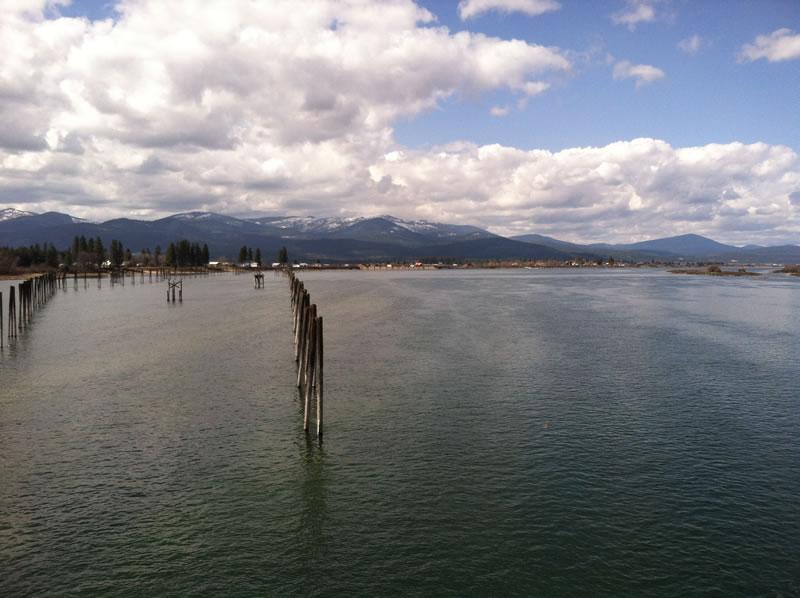Box Canyon Reservoir is located on the Pend Oreille River in northeast Washington, and is listed in the regulations under "Pend Oreille River". It stretches from Albeni Falls Dam, near the Idaho border, to Box Canyon Dam near Ione. This reservoir offers Largemouth and Smallmouth bass, abundant panfish, and some large Brown Trout. Northern Pike are also present, and harvest of this invasive species is strongly encouraged.
Two-pole fishing is allowed
Shoreline access: Good - Few locations offer bank angling opportunities.
Species you might catch
- Black crappie
- Brook trout
- Brown bullhead
- Brown trout
- Bull trout
- Grass pickerel
- Largemouth bass
- Largescale sucker
- Mountain whitefish
- Northern pike
- Northern pikeminnow
- Peamouth
- Pumpkinseed Sunfish
- Rainbow trout
- Signal crayfish
- Smallmouth bass
- Tench
- Walleye
- Westslope cutthroat trout
- Yellow perch
Lake information
County: Pend Oreille
Acreage: 9317.00 ac.
Elevation: 2351 ft.
Center: 48.237329, -117.220776
Open in Google Maps
Catchable fish plants
| Stock Date | Species | Number Released | Number of Fish Per Pound | Facility |
|---|---|---|---|---|
Visit the Catchable Trout Plants page for a more detailed search of trout plants in this or other bodies of water. To view or download the source data for this table visit the WDFW Fish Plants dataset on the Washington State Open Data Portal
Fishing prospects calendar
Rainbow trout
Largemouth bass
Smallmouth bass
Walleye
Yellow perch
Black crappie
Pumpkinseed Sunfish
Brown bullhead
Northern pikeminnow
Photos
